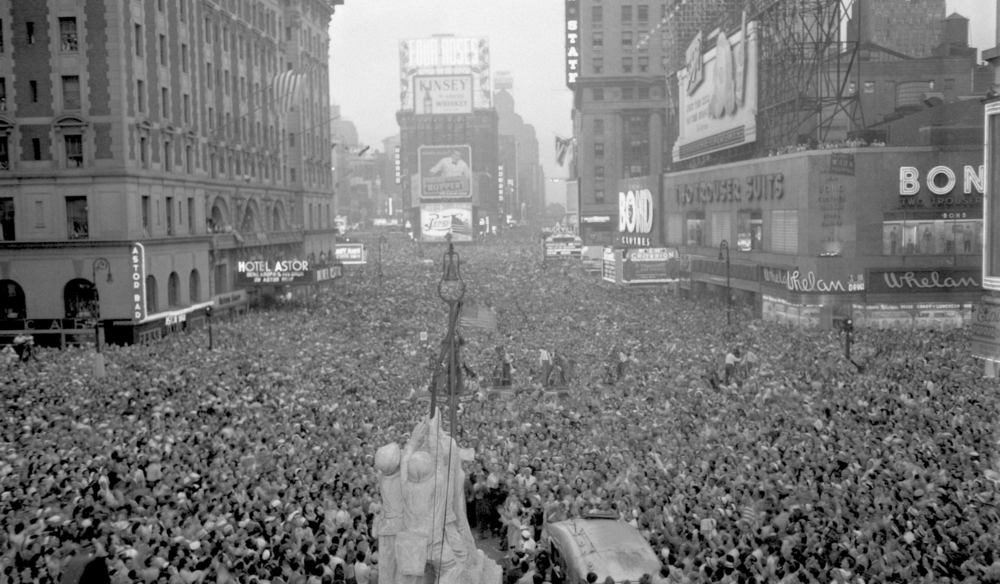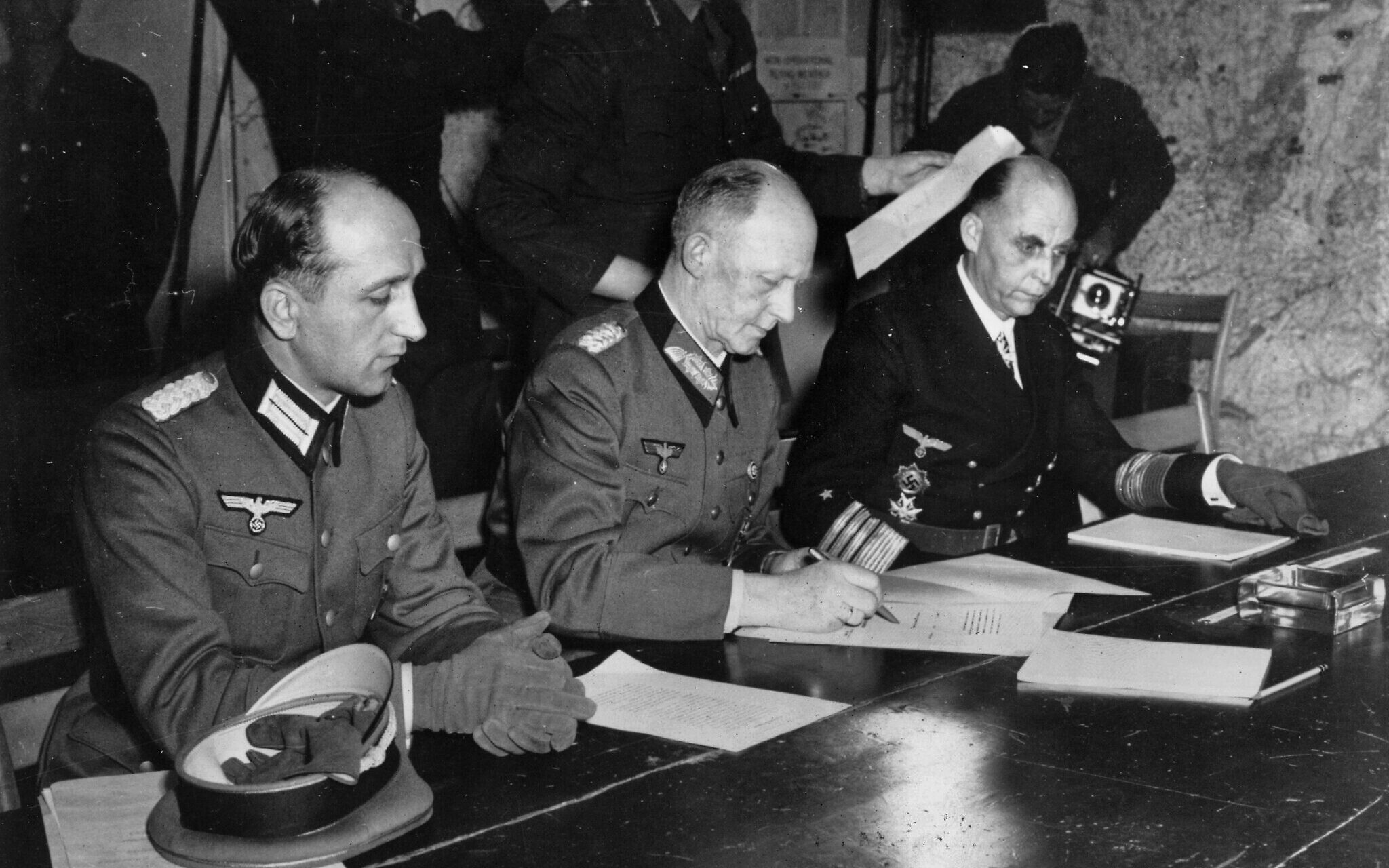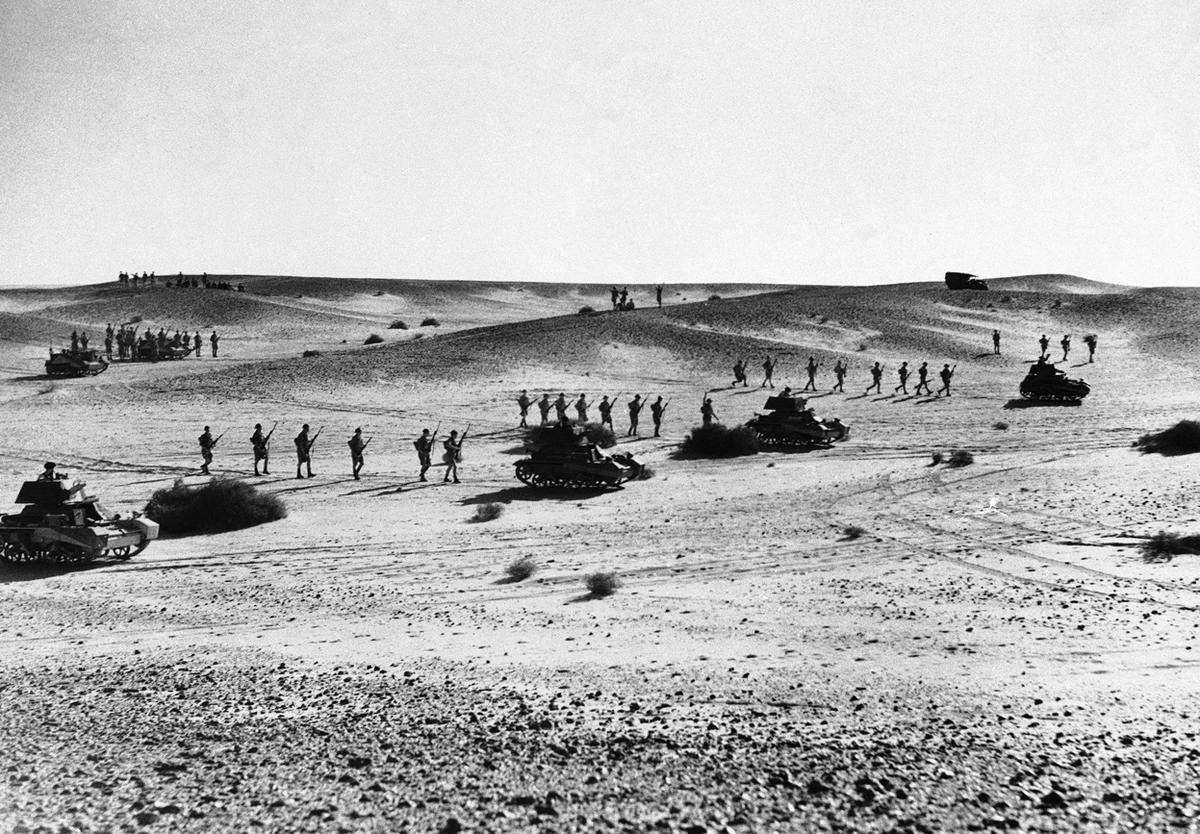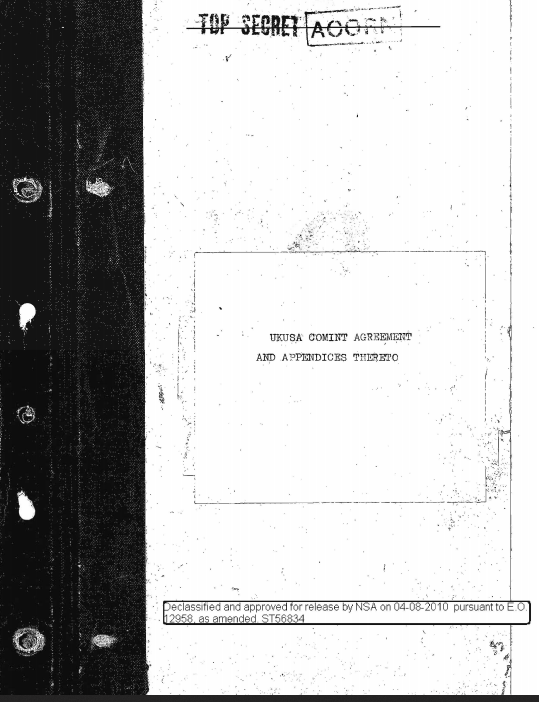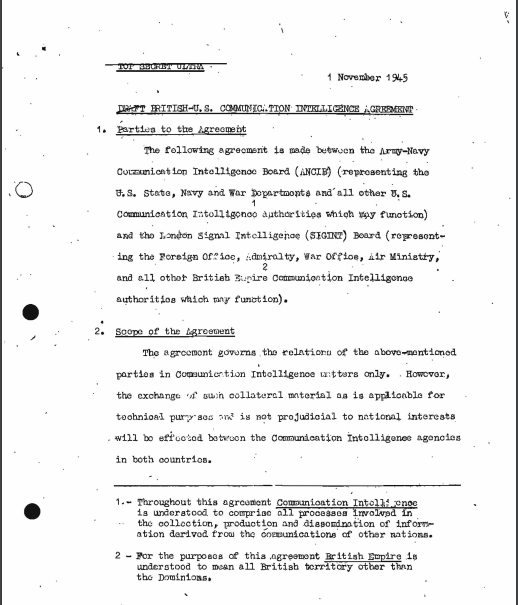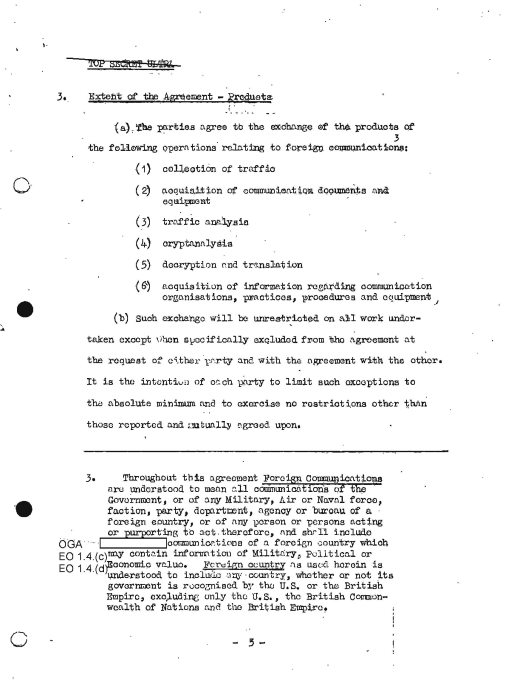While winning a war is never dependent on just one factor, breaking the German Military Enigma code and gathering Ultra intelligence decisively influenced the outcome of WWII. Ultimately, the effects of breaking through the “unbreakable” contributed to shortening the war and saving millions of lives, while proving that no code is truly “unbreakable”.
"The Allies would have won the war anyway - but probably months later, that would mean you would have another 200,000 – 500,000 more people to die in the war"
Personal Interview with Bernd von Kostka, Curator at the Allied Museum in Berlin
